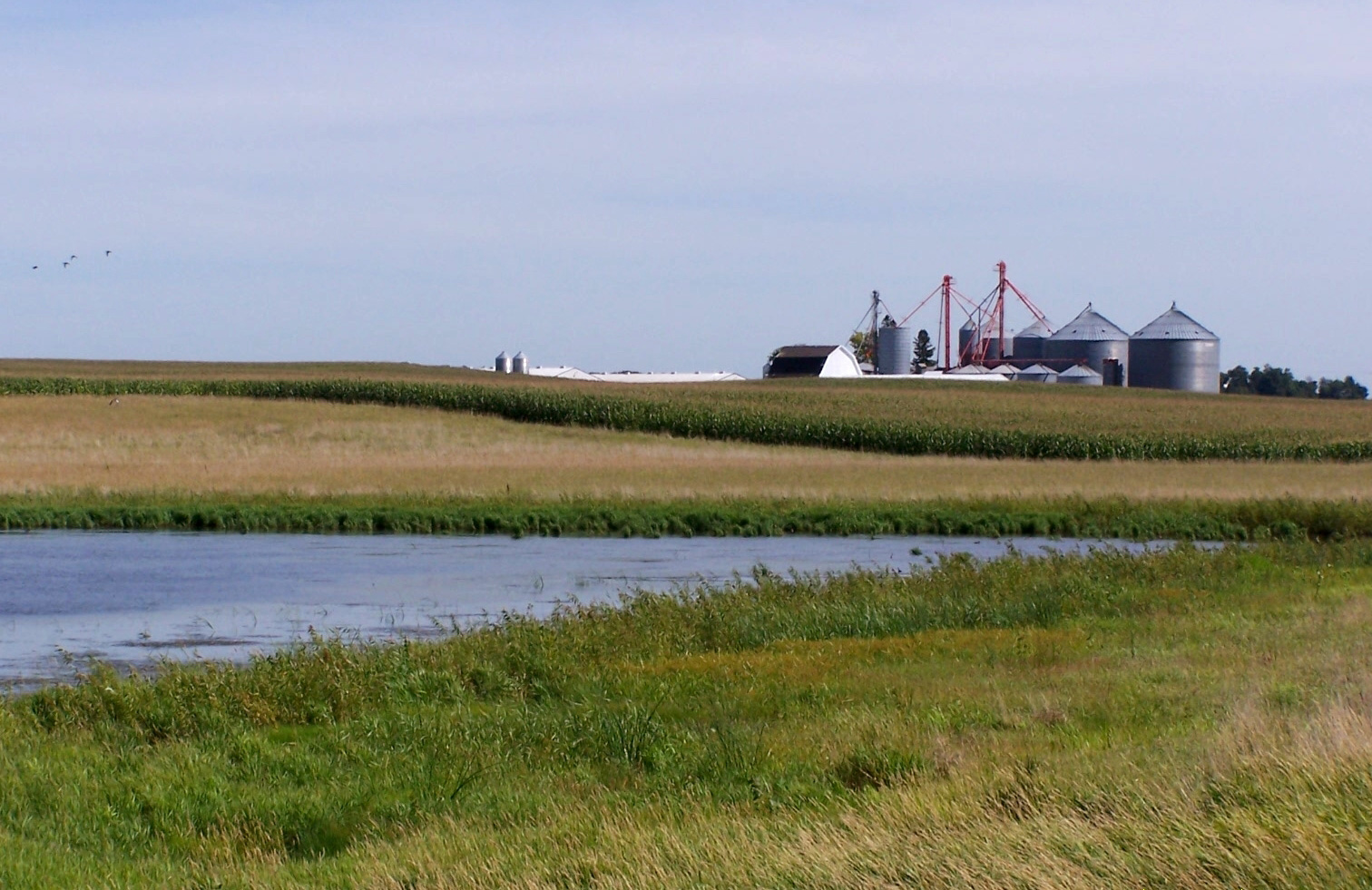If you devour anything related to conservation policy, consider this your well-rounded media diet
Staying on top of conservation policy developments in D.C. and beyond is essential to what we do—and we really geek out about it so that we can get the most important news into your hands via Facebook, Twitter, and our blog. But, for those of you who want to go straight to our most trusted sources—and in some cases go way, way down the rabbit hole—we’ve put together a handy shortlist.
For each source of news, the medium might vary. “Twitter is a great place to get the news from decision makers,” says, Joel Webster, our director of Western lands. “Facebook is a great place to get the news from your friends and sporting groups. The content is usually different between the two.”
So here’s what we read, and how we read it, in order to share the breaking news that matters to sportsmen and women.
Policy Makers, Shakers, and Implementers
Social media gives you the chance to peek behind the curtain and watch decision makers in action.
Follow your representatives on Facebook and Twitter for a direct line to lawmakers. This allows you to watch for positions they’re taking and hold them accountable. If you don’t already know who speaks for you in Capitol Hill, look up your U.S. House and Senate reps. Then, you can dig deeper by following members of your state’s legislature. Identify members here, or by googling your state.
Track congressional floor proceedings on Twitter over at @HouseFloor, @SenateFloor, and @SenateCloakroom. This is where you’ll find out what’s happening as it’s happening—including speeches, votes, and other motions that could affect habitat and access.
Read about what’s brewing in administrative agencies by following the agencies directly on social media. Hint: Public lands agencies usually share killer photos.

Breaking News
Twitter is also where journalists live. Follow them over at the Bird for bite-sized news and links to the articles they’re writing or recommending.
See what the journalists covering Congress are tracking by following @burgessev (Burgess Everett, Politico), @ChadPergram (Chad Pergram, Fox News), @HouseInSession (Billy House, Bloomberg News), @seungminkim (Seung Min Kim, Politico), and @jackfitzdc (Jack Fitzpatrick, Morning Consult.)
For agriculture and private land conservation policy news, @ChrisClaytonDTN (Chris Clayton, DTN Ag Policy), @hagstromreport (Jerry Hagstrom, The Hagstrom Report), @agripulse (AgriPulse), @Morning_Ag (Politico), and @FarmPolicy (Keith Good, farmdoc) are great resources.
For insightful environmental news coming out of the Gulf, follow @BenHRaines (Ben H. Raines, AL.com), @tmassonFISH (Todd Masson, NOLA), and others on Twitter.
Publications in Your Hands and on Your Screen
Each day, our government relations director Steve Kline reads three actual, physical newspapers by turning actual pages just like our forefathers did. Center for Agriculture and Private Lands Director Ariel Wiegard, on the other hand, starts her day online.
Here are some ideas to get you started curating a customized online news aggregator with an RSS feed (Feedly is a good example). Add the individual publications, columns, or blogs you like to streamline your reading list.
- The environment pages for your regional paper and a national publication like the Washington Post.
- Political rags, like Morning Consult, Politico, The Hill, and Roll Call. These are great if you want to take a deep dive into what’s happening on Capitol Hill, and they all have sections on energy, environment, and/or agriculture. And for the Westerners: High Country News and WyoFile provide some solid political reporting.
- Your favorite hunting and fishing magazines. We like the relatable voices on Field & Stream’s Conservationist blog, Outdoor Life’s Open Country, and Fly Rod and Reel’s conservation column, for example.
- Private land conservation news coming out of local outlets on this list.
- Gulf coast news (and some how-to fishing stories) in NOLA’s outdoors section.
If you just want to browse the headlines, follow @EENewsUpdates on Twitter. This in-depth environment and energy publication is behind a pretty expensive paywall, but you’ll get a glimpse of what’s trending (so you can google the rest.) Almost everyone in the conservation community starts their day with E&E updates.
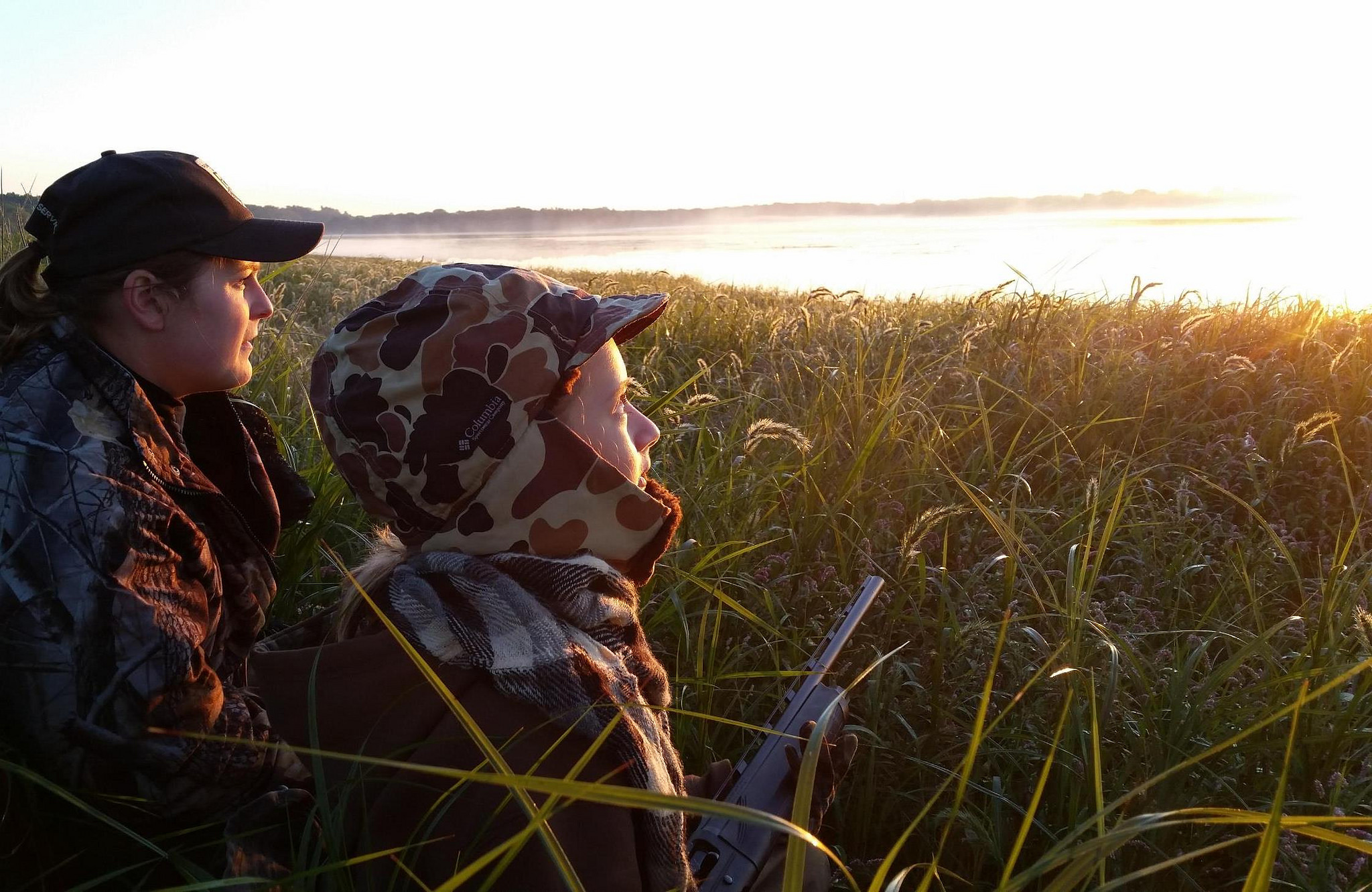
Your Fellow Sportsmen and Women
A good place to start learning about major issues is with those who share your interests. We like:
- The Hunt Talk forum, which is broken down by topic. You might want to start in the “hot topics” section.
- There are a couple of big-name hunters in the trenches with us. They’re working to get the word out on the significant issues facing sportsmen and women. Steven Rinella’s social media channels are an excellent resource. Search for him on Facebook or follow him on Twitter at @stevenrinella. Similarly, find Randy Newberg on Facebook and Twitter at @randynewberg.
- Op-eds often feature local perspectives on issues important to sportsmen and women. Keep an eye on the opinion section in your local newspaper for conservation-related topics.
- Sportsmen’s groups hard at work filtering all of this news for you. Check out our partner page, and give those groups a follow on your favorite social media channels or sign up for their newsletters.
With a little digging, careful selection, and a few cool internet tools, you can construct a perfectly custom-built system to get nerdy about conservation.

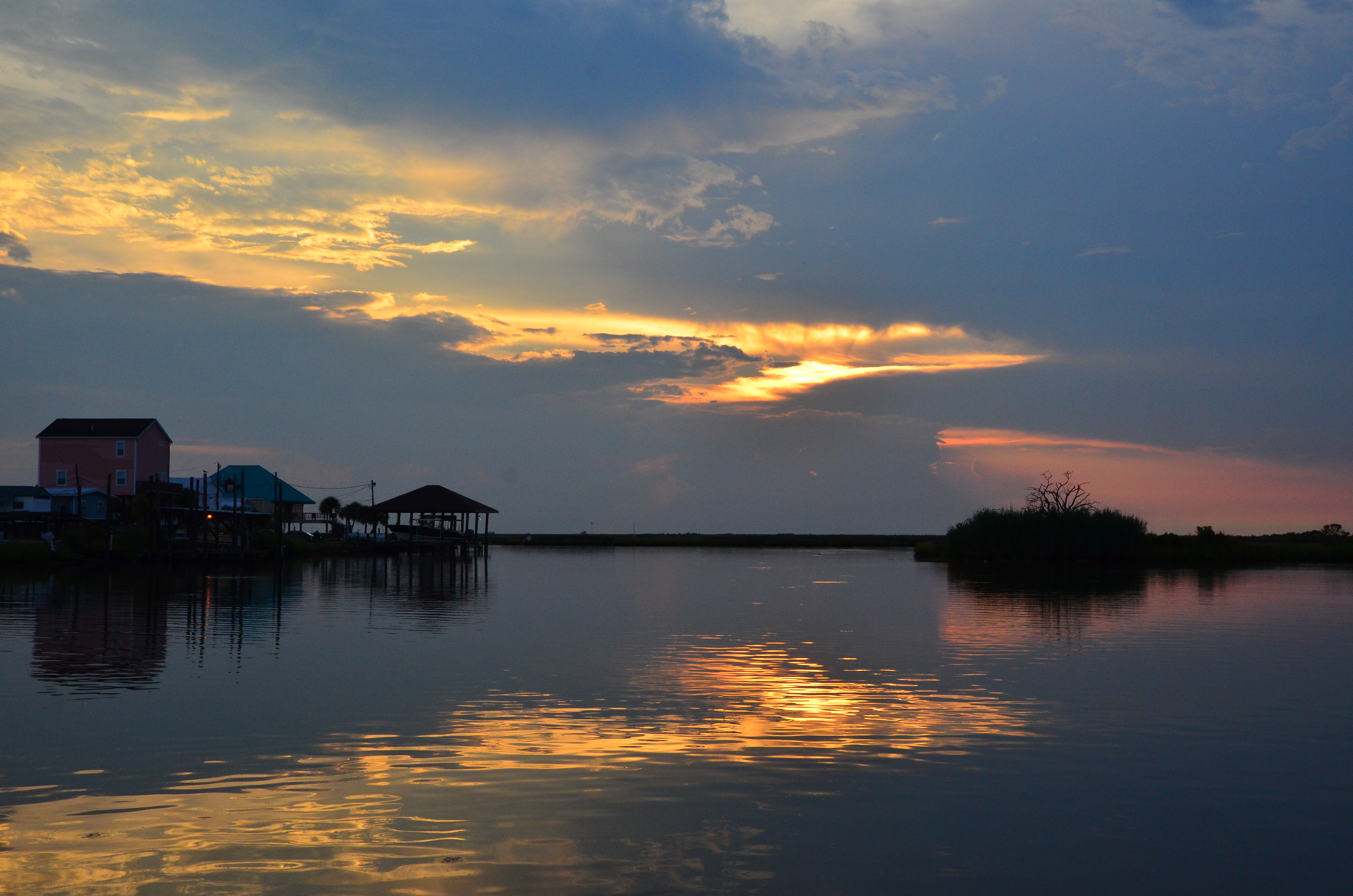
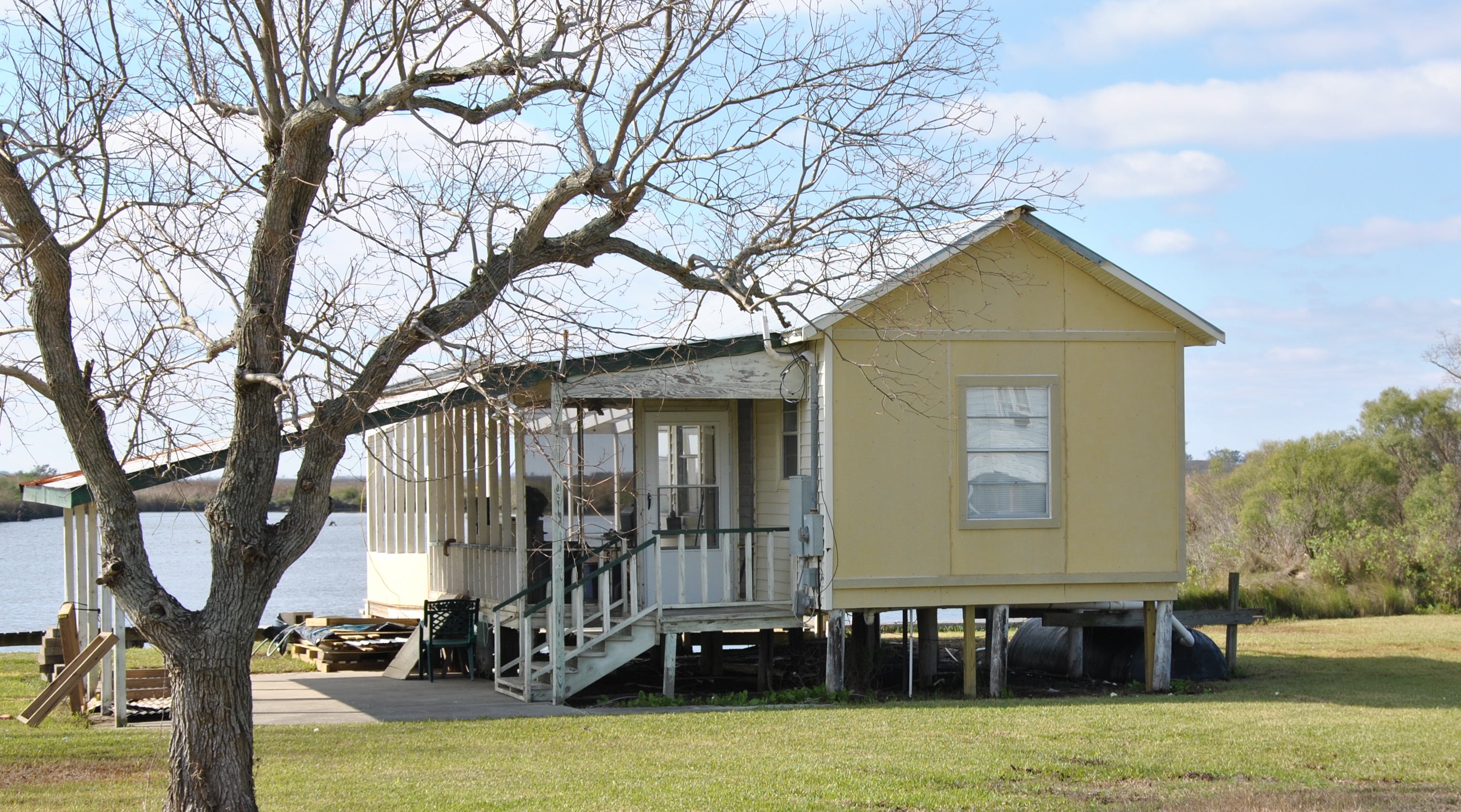
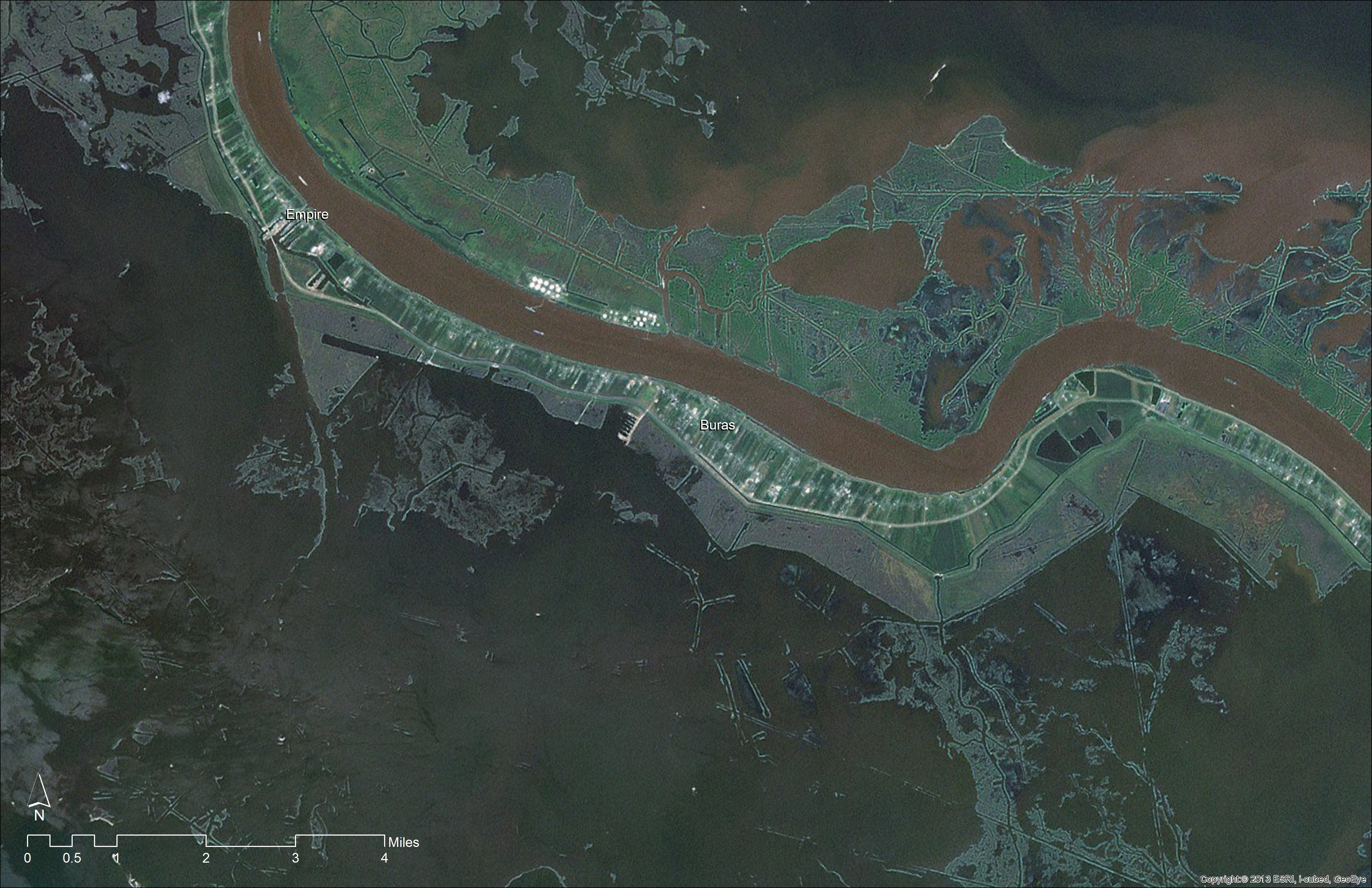
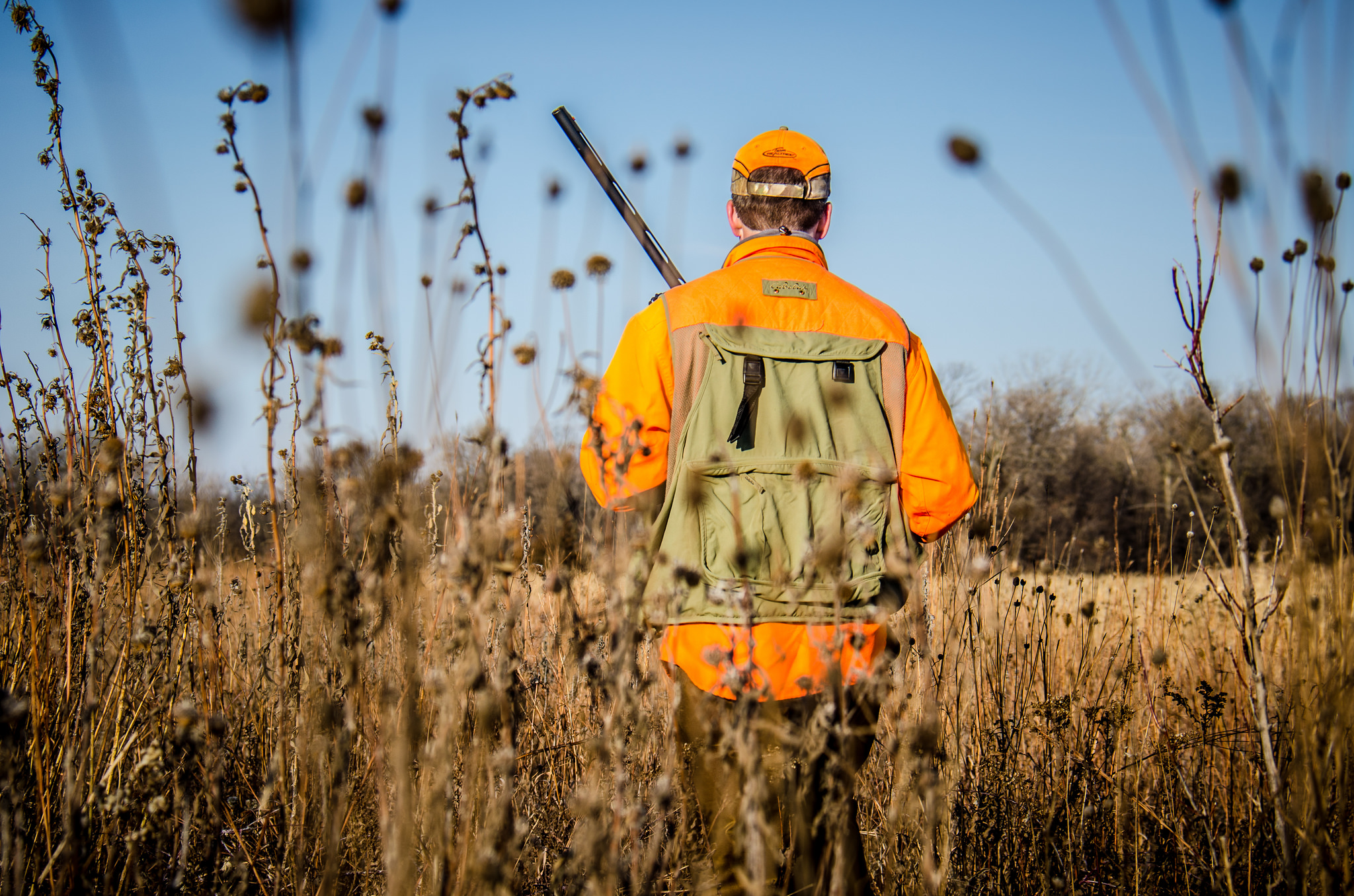
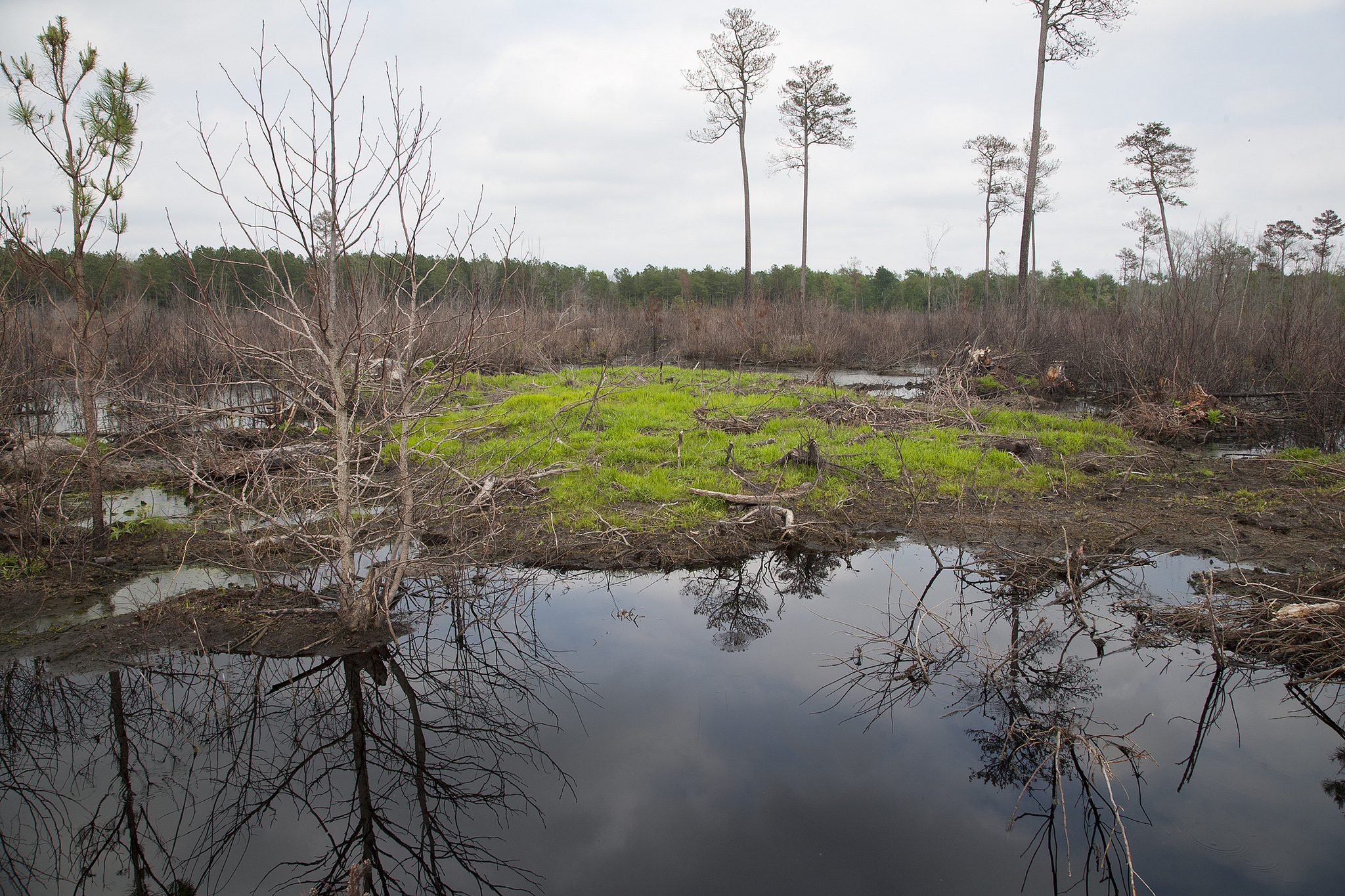
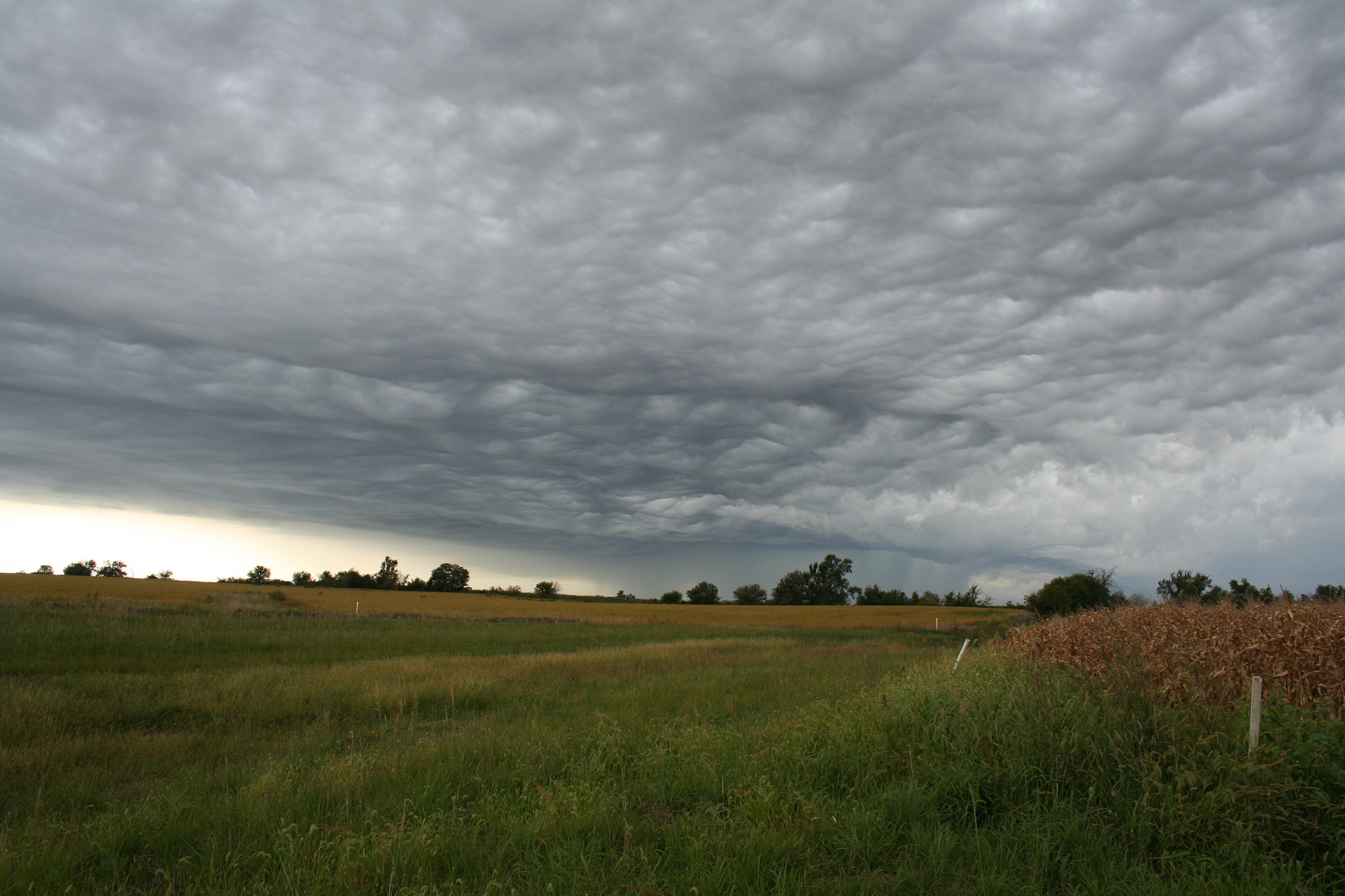
 The Trump administration issued a government-wide freeze on unfinished rules and regulations held over from the waning days of the Obama administration. Freezing regulations is not an uncommon practice for newly elected presidents. In 2009, the Obama administration issued a similar memorandum soon after taking office.
The Trump administration issued a government-wide freeze on unfinished rules and regulations held over from the waning days of the Obama administration. Freezing regulations is not an uncommon practice for newly elected presidents. In 2009, the Obama administration issued a similar memorandum soon after taking office.